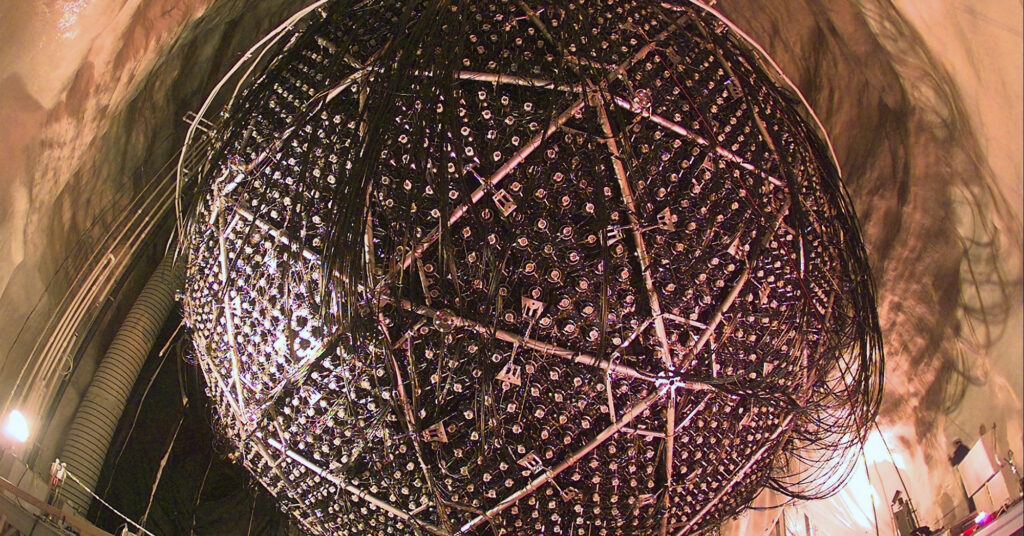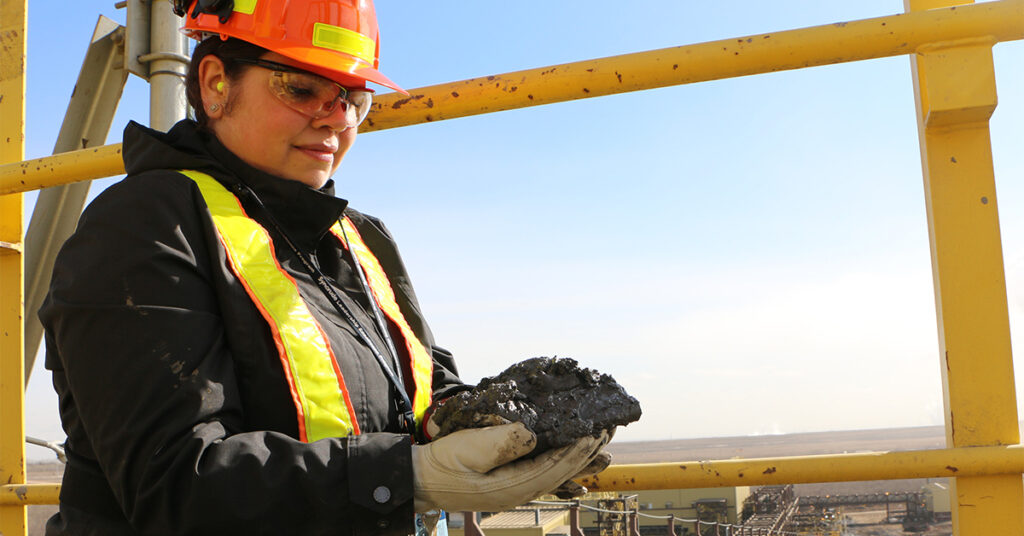When we explore for minerals and metals…we are finding renewable sources of energy too.
Way up in northern Quebec, Glencore’s Raglan Mine is replacing diesel fuel with wind power. The wind turbine and energy storage facility – the first in Canada – has helped reduce the mine’s greenhouse gas emissions and has the potential to transform the Arctic’s energy landscape.
Sitting on a plateau 600 metres high on the Ungava Peninsula, Glencore’s Raglan Mine is well situated to take advantage of the power of wind. In 2014, the company did exactly that when it completed its construction of a 120-metre high wind turbine and storage facility. Like most other northern mines, the off-grid Raglan Mine was heavily dependent on diesel to fuel its operations. With climate change considerations, commitments to limit environmental impacts and rising diesel costs, there was a strong business case for Glencore to explore renewable energy solutions. The project was unprecedented in scale and was specially designed for severe Arctic climate conditions.
The project was a private-public partnership between Raglan Mine, TUGLIQ Energy and the federal and provincial governments. Communities were consulted throughout the project and feedback was acted upon by the company.
Since its implementation in August 2014, the 3-megawatt wind turbine and storage facility saved 7.5 million litres of diesel and reduced GHG emissions by 21 kilotons. This successful pilot project could have transformative impacts across northern Canada, helping to pave the way for the more widespread adoption of greener energy alternatives. It is a fully-developed and tested wind power and storage system that could be duplicated into Aboriginal communities and other northern mining operations in the future. The innovation was recognized with a TSM Environmental Excellence Award by MAC in 2016.
In February 2019, TUGLIQ Energy reached an important milestone. The wind turbine installed and operated by TUGLIQ at the Raglan Mine totalled more than 10 million liters of diesel and 28,000 tons of CO2 abated in the Canadian Arctic, having produced 40 GWh in clean energy since 2014. This partnership successfully demonstrates that it is possible to align environmental and economic objectives, paving the way for further replication among communities in the Great North.



